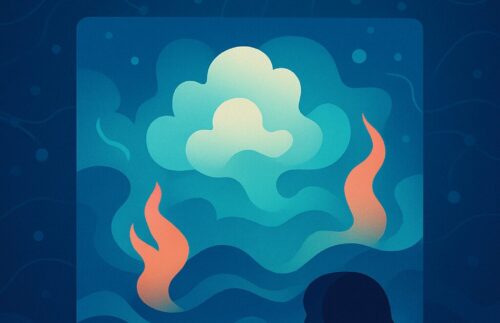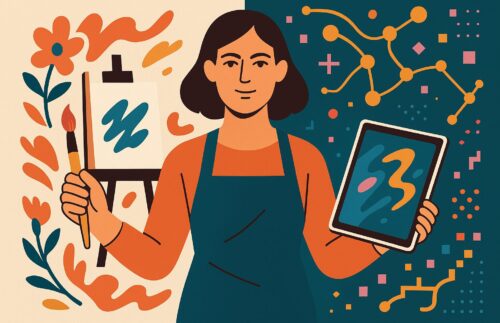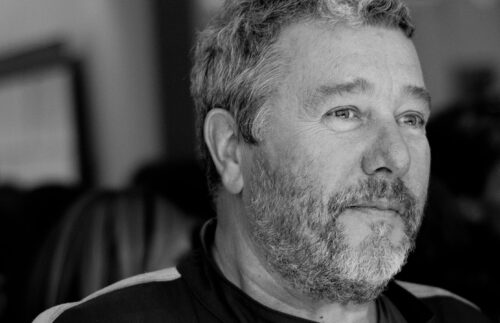I remember the first time I typed a prompt into Midjourney — that shimmer of anticipation, the way images surfaced like dreams half-remembered. The tool was magnetic, its outputs richly stylized, cinematic, often breathtaking. And yet, even in those early days, I felt a tension. There was always a trace of the machine’s hand — its aesthetic signature, unmistakable.
Now, with Disney and Universal’s joint lawsuit against Midjourney making headlines — alleging copyright infringement for training on their iconic characters without permission — the questions many of us have been quietly holding are rushing into the mainstream. The claim? That Midjourney’s models produced at least 199 images resembling Elsa, Yoda, Minions and more, amounting to what the lawsuit calls a “bottomless pit of plagiarism.” The damages sought? Nearly $30 million.
As someone who works in this space, I feel caught in the middle. I’ve faced backlash, too — people assuming I used Midjourney when I didn’t, dismissing the work as derivative without seeing the process, the labor, the intention. And while I appreciate Midjourney’s power — and I remain open to future collaborations — I’ve always gravitated toward other tools.
Local models like Stable Diffusion allow me to shape my process from the inside out. I can train on my own materials, reference artists whose work I’ve studied deeply, adjust the model’s behavior with care. It’s messier, more hands-on. But that’s the point — it’s not about ease, it’s about agency.
At art school, we’re taught to walk through galleries, to sit with paintings, to understand the lineage of a brushstroke. Referencing has always been a part of how art evolves. The problem arises when artists replicate rather than respond — when there’s no layer of interpretation, no personal imprint.
This lawsuit could change everything for AI artists. It could restrict what’s possible. But it might also compel the field toward more transparency, more ethical grounding. Maybe that’s what we need — not to stifle innovation, but to grow it with intention
Lorem ipsum dolor sit amet, consectetur adipiscing elit. Ut elit tellus, luctus nec ullamcorper mattis, pulvinar dapibus leo.








